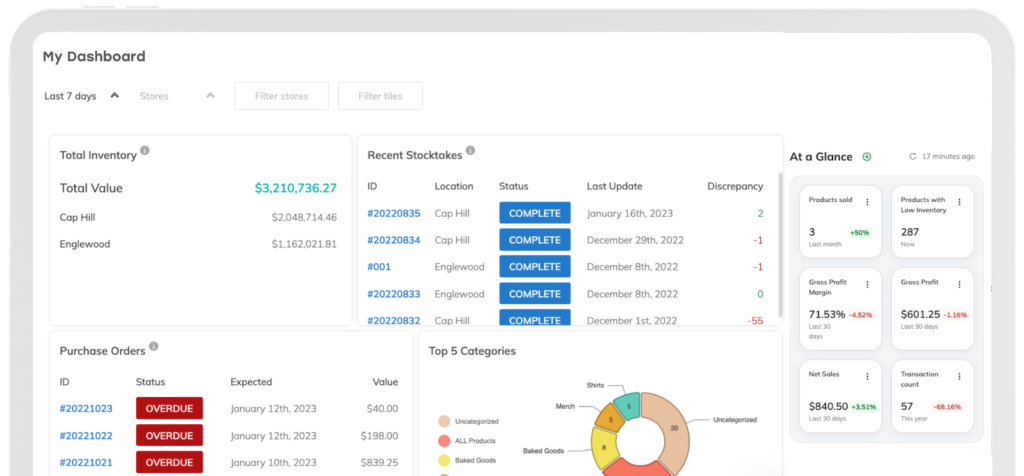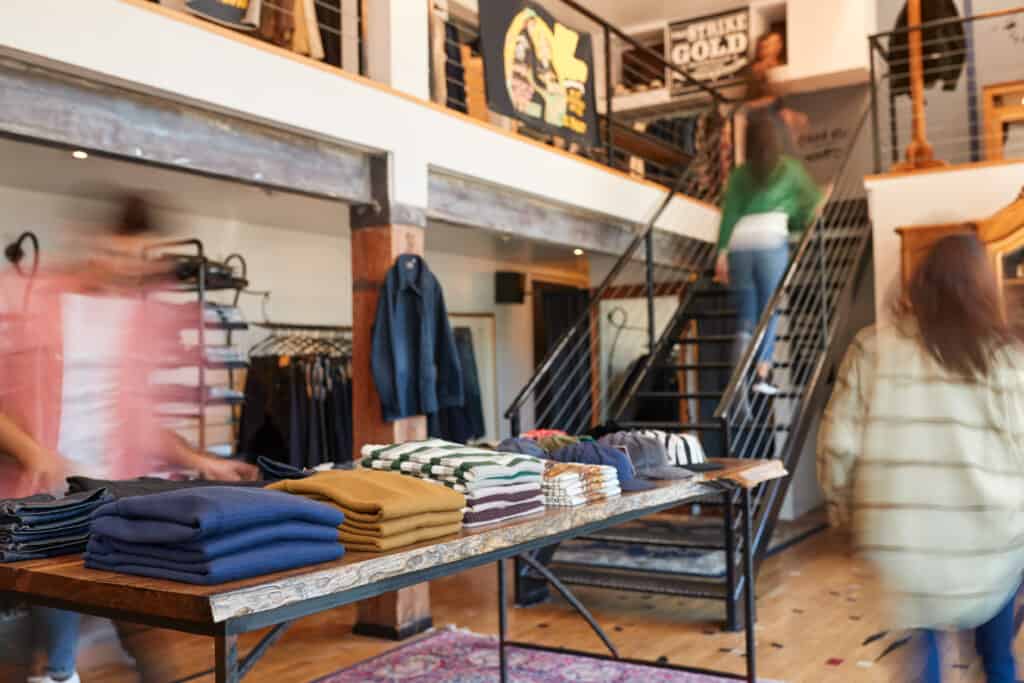
17 Predictions That’ll Make Your Shop Resilient In 2023
How are consumers spending their money in 2023 and how have their shopping habits changed this year? Below are 17 retail industry trends and predictions to keep in mind that promote growth within your small business and keep customers shopping with your brand.
Consumer Trends And Predictions For 2023
Shoppers will be more discerning with their spending habits
Consumer behavior is changing in a few ways in the face of economic uncertainty. This includes curtailing spending and conducting more research before making a purchase. With this in mind, it will be important to emphasize product quality. Include product photos, videos, and customer reviews in your listings; these listing enhancements help an online shopper make an educated buying decision. Buyer guides can be quite helpful as well, as these can influence shopping behavior while providing actionable information shoppers are looking for.
Customers want flexible payment options
As consumers become more conscious of the money leaving their wallets, they turn to options that give them more control over their payments. At the same time, consumers want to avoid making purchases on their credit cards and accruing interest. As a result, “buy now, pay later (BNPL)” options are expected to increase in the coming year.
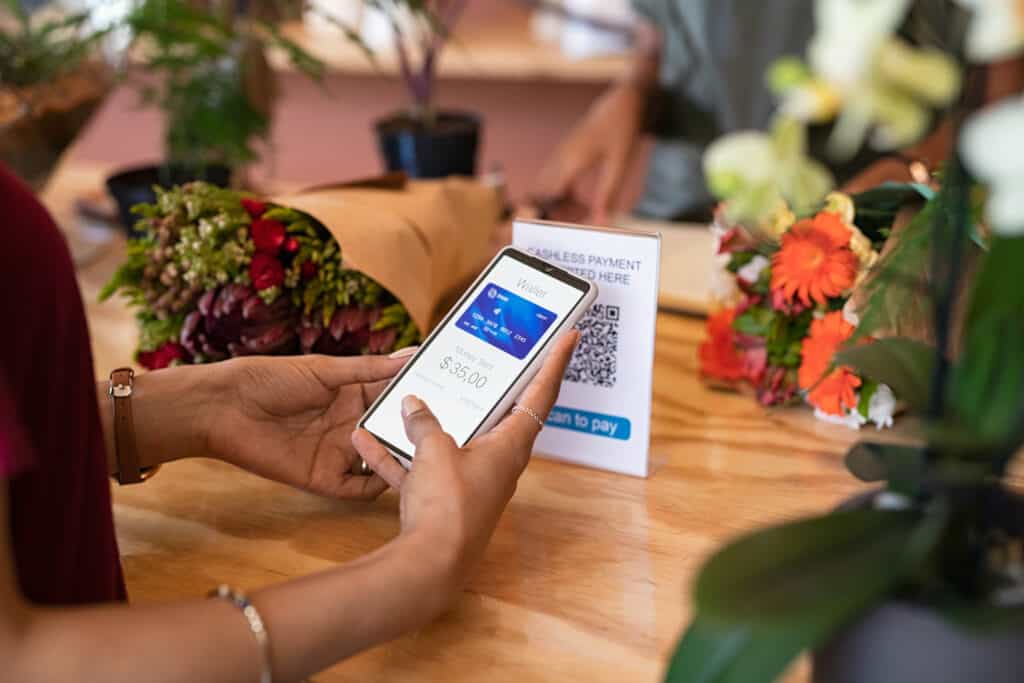
In 2022, both younger consumers and older shoppers alike made about $179 billion worth of purchases using BNPL. In fact, the BNPL sector is predicted to grow 33 percent in 2023, with an estimated 88.2 million shoppers using BNPL. Retailers offering BNPL options capture more shoppers and attract a wider range of shoppers to their businesses.
Storefront Trends And Predictions For 2023
Retail experiences bring shoppers to the store
Shoppers enjoy returning to retailers in person. They can see, touch, try on, and interact with items – all things key to consumer buying decisions. Many retailers such as Macy’s, Walmart, and Best Buy have seen a steady shift of buyers moving from online shopping to in-store shopping. This remains a notable consumer trend in 2023.
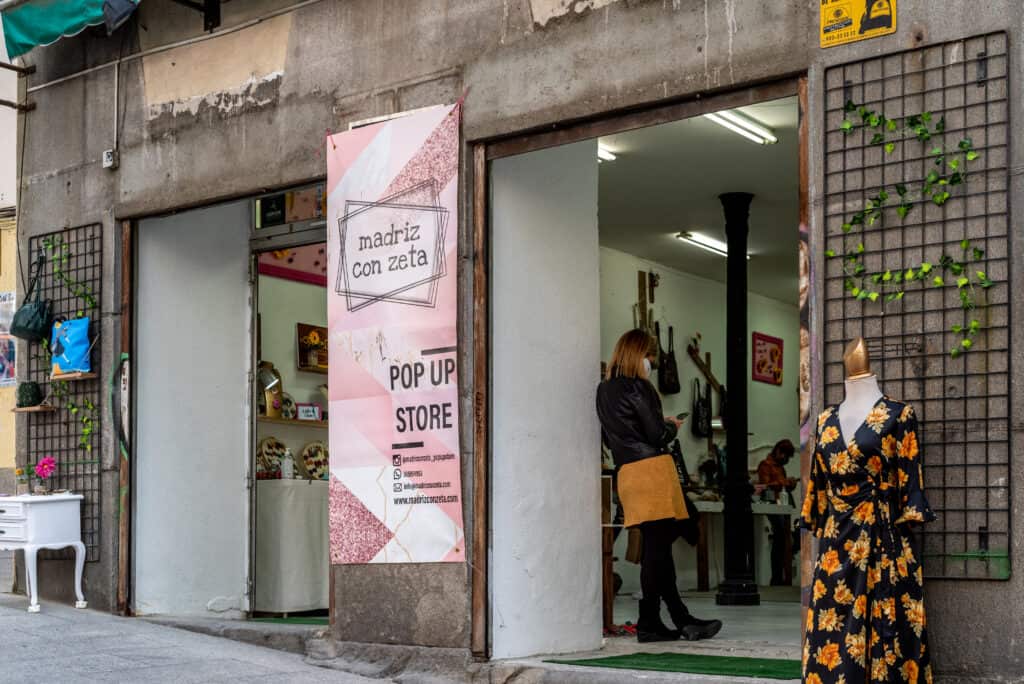
Storefront businesses are taking it one step further this year with creative and interactive retail experiences. Instead of typical customer service interactions, retail employees are stewards of unique experiences shoppers couldn’t possibly get online, or even at another retailer. Pop-up events, tabling, marketplaces, and community events are all examples of ways to bring more customers into stores with retail experiences.
Customers research products on their own
Customers still want to enjoy the convenience of making quick purchases even when they’re not shopping online. To that end, online and offline merge inside the store. Many do their homework before stepping into the shop.

Online Shopping Trends And Predictions For 2023
The metaverse continues to gain momentum

Showrooms are the best of both worlds
Industries in the furniture, automobile, and luxury apparel space are no strangers to showrooms. Showrooms are physical locations where e-commerce brands can allow shoppers to interact with their products with the convenience of ordering online.
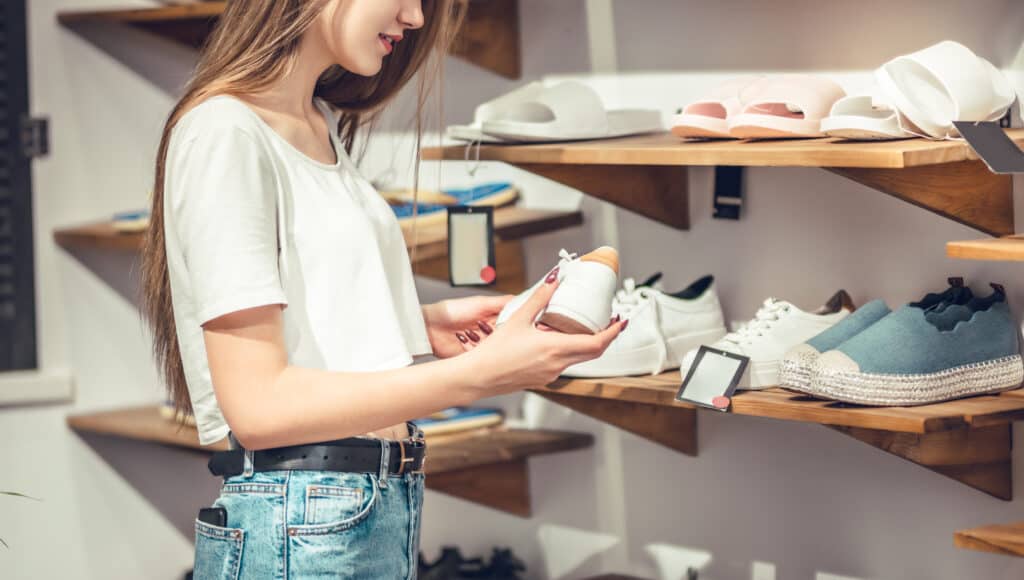
Showrooms are a cost-effective solution for e-commerce stores competing with storefront retailers. The space is typically smaller than a retail store since you aren’t carrying extra inventory and you don’t need to set up a point-of-sale system. Plus, it gives your customers an opportunity to experience products in real-life, increases brand awareness through foot traffic, and provides a more intimate customer experience than online shopping.
Customers seek shipping and cost transparency

On top of how much they’re paying for shipping, shoppers want to know how long delivery will take. Being transparent about shipping costs and times is key to getting customers all the way through the checkout process. You’ll need a system where customers can check the status of their online sales orders and whether they’re expected to arrive early, on time, or late.
Omnichannel Retail Trends And Predictions For 2023
The line between retail and e-commerce sales continues to blur
Single channel businesses need to move to omnichannel strategies to accommodate this shift in retail. In fact, retailers that sell via multiple channels have a 287 percent higher purchase rate than businesses using only one channel. That’s significant growth that local businesses shouldn’t miss out on!
Consumers might want to shop in-store and browse other options online, whether at the same retailer or different retailers, as part of their customer journey. To cater to these preferences, integrate your retail, e-commerce, and social commerce platforms into an omnichannel experience. This way, your customers can choose to shop in whatever ways suit them best. One way to do this is with a virtual showroom, where shoppers can browse for products in person but still make the purchase online.
The Newsletter For Small Businesses
Weekly expert insights, industry trends, and inspiring stories designed to help you run your business with confidence.
Diversify Your Sales With Thrive Inventory
Thrive Inventory breaks down barriers to diversifying your business with one inventory and catalog management system. Stock counts, product listings, and reports stay up to date everywhere you sell providing your customers with a smooth omnichannel experience.
Data collection between channels is crucial to retaining customers
Data and metrics such as customer reviews, website traffic, and social media interactions can show you how customers are using your platforms. With an increasing number of users on social media, it’s important to keep up with what shoppers are saying about your brand.
Retailers can also use their data to improve the customer experience online and in person. Creating in-person and online sales strategies based on this data can boost customer loyalty.

Social selling will accelerate
Your social media profiles are a major driver for customers, so this is the year to pay close attention to your online presence. Social selling is equally important for direct-to-consumer sales in many sectors. This is the practice of actively building relationships with consumers on social media in hopes that they buy online (or in brick and mortar stores) down the line.
The convenience of shopping where one is already scrolling leads to an increase in consumers’ purchasing products they see on their feeds. That proof is in the numbers: social commerce is expected to generate $1.3 trillion in 2023, up from $992 billion in 2022. About 72 percent of brands that engage in social selling exceed their quotas 23 percent more often than businesses that don’t use social selling. As social media growth continues in 2023, connecting with users will be key to expanding your customer base.
To capitalize on this, you should post on your business’s social media pages and tag products frequently, as often as once or twice per day. Partner with influencers and sponsor their posts to reach more of your target audience.
Product Trends & Predictions For 2023
Expect an uptick in alternative revenue streams
With more consumers looking for ways to save money, they’ll likely be open to alternative buying options such as pre-owned, recycled, and thrifted items. More retailers are catching on, and several brands have already incorporated this idea into their product assortments.
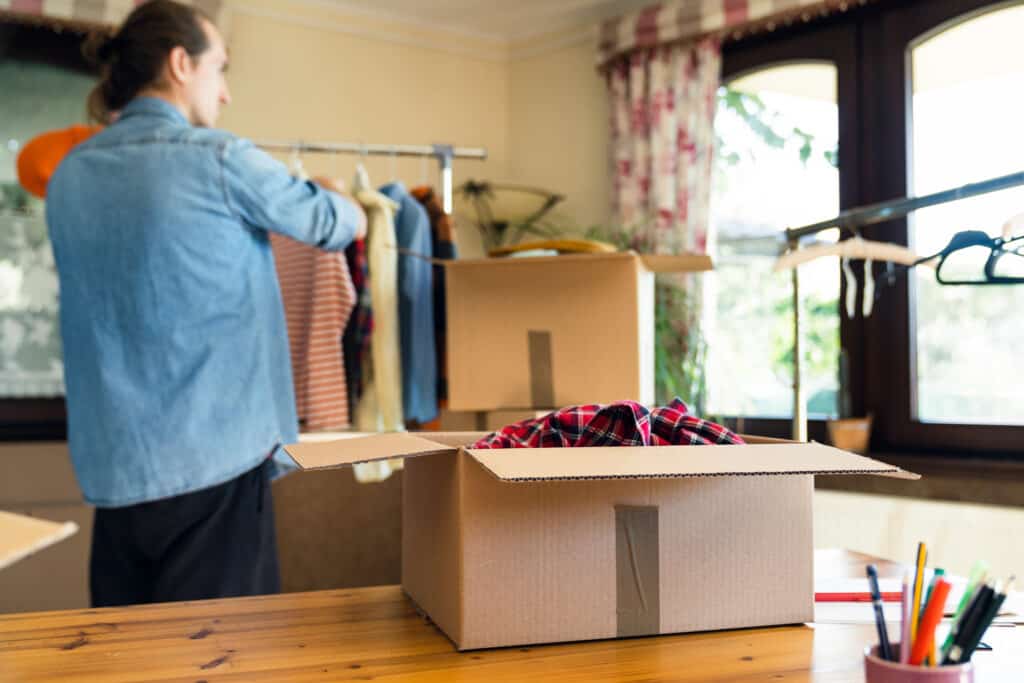
For example, Lululemon, REI, and Walmart sell “like new” items at lower prices than their brand-new products. This approach allows customers to enjoy their favorite brands’ products staying within their budgets.
Customers are fulfilling needs, not wants
As shoppers are more closely tracking how they spend their money than they have in the past year, they are looking for products that meet a need. That could include consumer demand for products that help them save money and extend the life of what they have. Also, keep an eye out for opportunities to cater new products and services that fulfill more consumer needs. And don’t forget to keep a close eye on your inventory management tools that can help you ensure you’re bringing in products that meet customer expectations.
The Only Inventory System That Actually Helps You Run A Healthy Business
Thousands of customers all over the world use Thrive Inventory to run a healthy business.
Thrive Inventory gives you control over all your inventory, sales channels, and metrics, allowing you to make the right decisions at the right time.
Take Control Of Your Inventory With Thrive Inventory Metrics
Now is a good time to evaluate your product assortment strategy for 2023. Thrive Inventory Metrics shows you what products may have been really popular last year but are gathering dust now. Consider adjusting your re-order levels to lessen those and invest more in products you’re seeing an upward trend towards.

Marketing Trends And Predictions For 2023
In-store events will rise as retail experiences rise
Offline experiences are still just as important as buying online going into 2023. As consumers move more toward in-person shopping, in-person events can help shoppers reconnect with retailers. From product launches to demonstrations, giveaways, and networking events, you can offer unique experiences via sensory marketing and strategic retail merchandising. These are a great way to capitalize on any visual merchandising trends that emerge throughout 2023.
Influencers will continue to help inform consumers’ buying decisions
Both micro- and macro-influencers play key roles in spreading the word about products. Where 38 percent of consumers trust brands recommending products to them, 61 percent trust recommendations from people, including influencers.
Partnering with influencers puts your products in front of their followers and gives them the trust they need to shop with your business. To start, retailers can turn to social media to find influencers who review products, who have a reputation in their local area, or who are considered an authority in a specific sector. For example, retailers who own a package-free store that carries sustainable goods may benefit from working with eco-influencers in their neighborhood.

You can also take advantage of user-generated content, which shows your products in use in everyday settings. This gives would-be customers a better idea of how your product works in their everyday lives and adds another layer of trust that moves customers toward a buying decision. To build upon the example of sustainable products, user-generated content can show reusable storage bags or food wraps in use at work and at home.
Customer Experience Trends And Predictions For 2023
Chatbots will continue to gain adoption
24/7 staffing is not realistic for many online retailers, even if customers expect brands to have close to round-the-clock availability. This is where chatbots come in. According to 79 percent of businesses, live chat positively affects online sales and customer loyalty. When employees aren’t available to answer questions, this automated system can step in and get customers to the information they need. Adding this automated technology to your e-commerce site and social commerce pages can help meet consumer expectations without affecting your team.
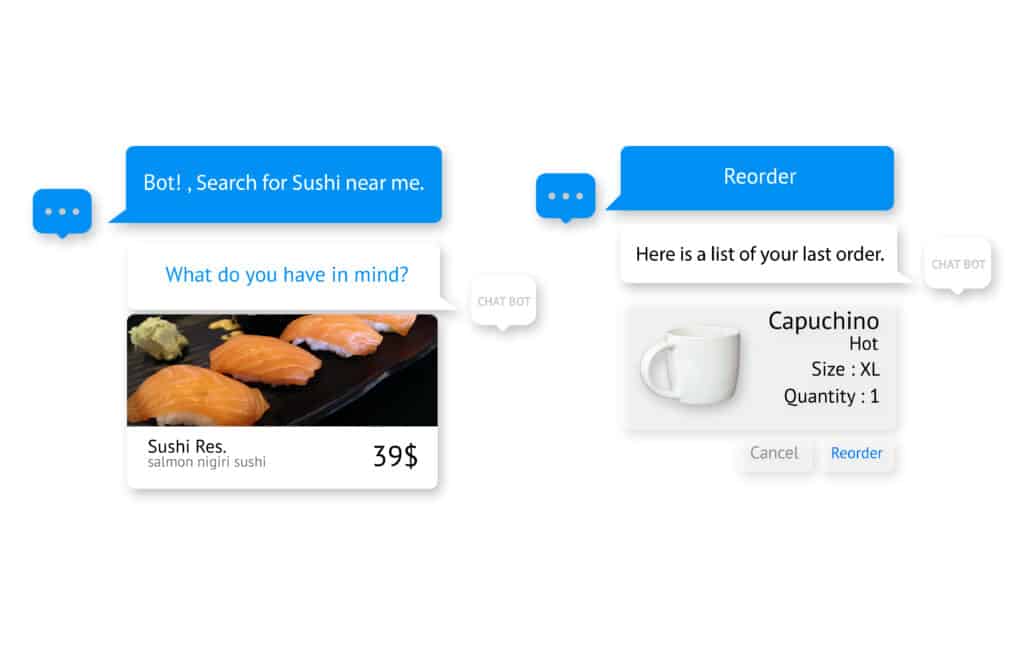
Customer service options will expand onto multiple platforms
Customers want to ask questions and receive support on social media platforms too, and customer service features are becoming more popular there. Every week, one billion people message businesses on applications such as Facebook Messenger, Instagram, and WhatsApp.
Shoppers will also more frequently send text messages to brands (and vice versa) in the new year. This means they don’t need to download an app or head to the website to receive support. Instead, they can carry your brand’s personal touch of customer service alongside all their other close conversations on their mobile devices.
Personalization will increase customer loyalty
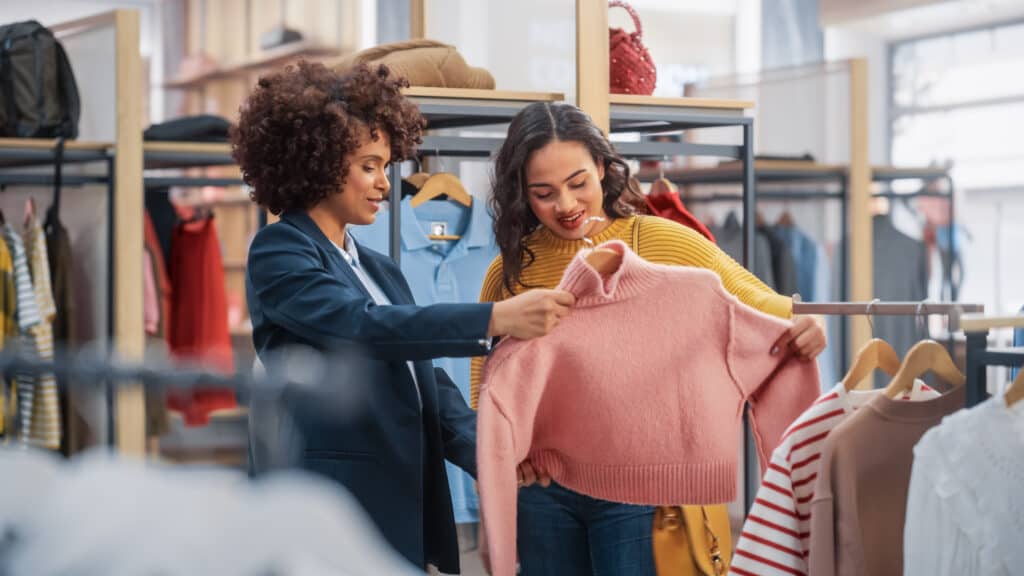
A customer typically comes to a business to find a solution to a specific problem. They want to know that businesses can cater to what they need. They might want the choice of speaking with a live representative or using a chatbot. Either way, if a customer knows a brand offers them a personalized solution, they’re more likely to shop with that business in the future.
Finding The Best Ways Forward With Retail Trends
Understanding the year’s biggest retail trends and predictions can help you adequately prepare to meet consumers’ preferences, get ahead of the competition, and remain relevant in a competitive landscape. With your knowledge of 2023 retail trends, you can implement changes in ways that boost your brand’s identity, resonate with your current audience, and help your business continue to grow. The result is a stronger year for your business across the board.

The Newsletter For Small Businesses
Weekly expert insights, industry trends, and inspiring stories designed to help you run your business with confidence.
Try Thrive Inventory For Free
Add Thrive Inventory to your business and maximize your potential. With powerful and easy-to-use products, it’s time to take control of
your business and see what you can do with Thrive.
